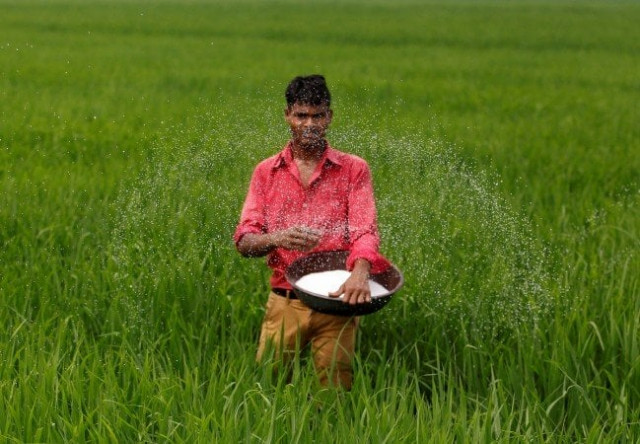
With increased capital investment, advancement of technology and more players in the industry, the domestic production capacity of various fertilisers has increased to over 9 million tons per year, which has surpassed the national demand consistently over the past years.
It is to be understood that the use of earnings per share (EPS) in the comparison of two different industries and their returns is not the correct metric. EPS depends not only on the profitability of a company but also on its leverage and number of shares.
Therefore, two companies making the same level of profit could have significantly different EPS.
Furthermore, the return on equity and return on assets of the fertiliser industry at 19% and 6% respectively are way lower than many major industries including chemical, automobile, and oil exploration and production. The return on equity and return on assets for other industries are as high as 32% and 17% respectively.
Regarding the argument of cheap gas in a deregulated market, it is to be noted that the fertiliser industry has always made it a point to be toe-to-toe with and beyond the government in passing on economic benefits to the farmers.
Since FY10, the industry has passed on a total benefit of Rs600 billion to the farmers in the form of subsidised urea prices, which is three times the benefit passed on by the government through lower gas prices.
Policy incentive
The fertiliser policy of 2001 introduced fixed and regionally competitive prices to encourage investment in local manufacturing to ensure availability of affordable fertiliser in the market.
Pakistan was facing a balance of payments crisis to which a significant contributor was urea imports and, therefore, local players were encouraged to invest in order to manage the balance of payments and ensure national food security.
It allowed billions of dollars of investment that resulted in a production capacity of almost seven million tons of urea, ensuring that Pakistan would not need to import even if the demand rose by a few percentage points in the coming years.
The supply of locally manufactured urea at significantly discounted prices as compared to imported fertiliser has allowed improved consumption of the input by the farmers, leading to higher crop yields.
Growth in the consumption of urea from an average of 5.2 million tons to 5.8 million tons per year is a testimony to the contribution that the industry has made to growth in agricultural output of the country.
In the past, the company making over a billion dollars’ investment in setting up a state-of-the-art manufacturing facility was almost on the verge of bankruptcy when it did not end up receiving its allocated gas for a number of years.
Even today, some of the plants remain significantly underutilised due to low availability and affordability of gas and companies on the network are on the verge of collapse.
The diversion of fertiliser sector-specific gas of Mari field to the power sector and lowering pressure have compelled the companies to undertake huge investment to the tune of over Rs16 billion in compression infrastructure in recent years.
The fertiliser sector employs directly and indirectly over 30,000 people and contributed over Rs60 billion in duties, taxes and levies to the national exchequer in FY19.
Tax payments equate to 97% of the profit made by the sector. The corporate social responsibility expenditures and projects carried out by major players lead to improved healthcare and education in many deprived areas.
The industry has taken part in the national subsidy schemes by financing over Rs18 billion in the past and is still struggling to receive its outstanding subsidy of over Rs19 billion.
Similarly, GST refunds of around Rs29 billion are awaited, adding to the financial cost of borrowing. The industry also remitted around Rs129 billion on account of GIDC to the government in the past.
Market disruption
Basing cost of production of local fertilisers on an ever-changing index comprising volatile spot LNG prices could greatly hamper market stability as any sudden change in LNG prices would directly reflect in the end-cost afforded to the consumers.
This could create unnecessary market disruption as changes in the cost of production would merit frequent changes in selling prices.
It is evident that this solution only works on the back of direct subsidies being provided by the government and that is not a viable option in the absence of the requisite data base, tested disbursement mechanism and in the current economic crisis affecting the country.
It is, therefore, extremely important to understand the critical role the fertiliser industry plays in ensuring food security of the nation. This has been achieved by industry players by making massive capital investment with long-term payback that also supports job creation, import substitution and significant contribution to the national exchequer.
The writer is the Executive Director of Fertiliser Manufacturers of Pakistan Advisory Council
Published in The Express Tribune, April 13th, 2020.
Like Business on Facebook, follow @TribuneBiz on Twitter to stay informed and join in the conversation.


















COMMENTS
Comments are moderated and generally will be posted if they are on-topic and not abusive.
For more information, please see our Comments FAQ